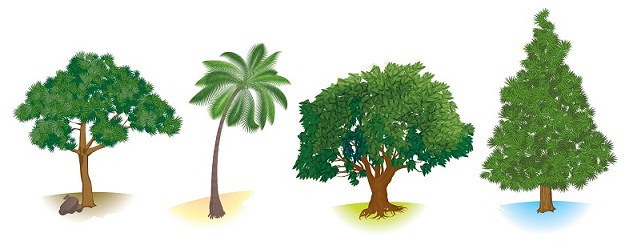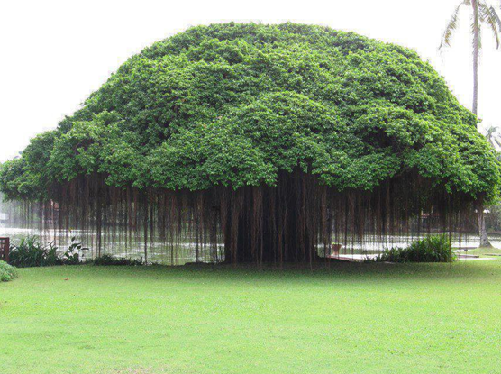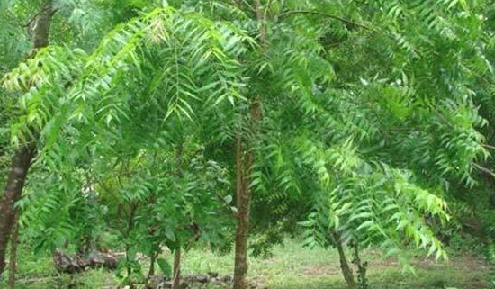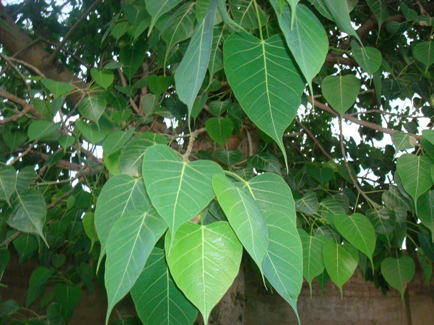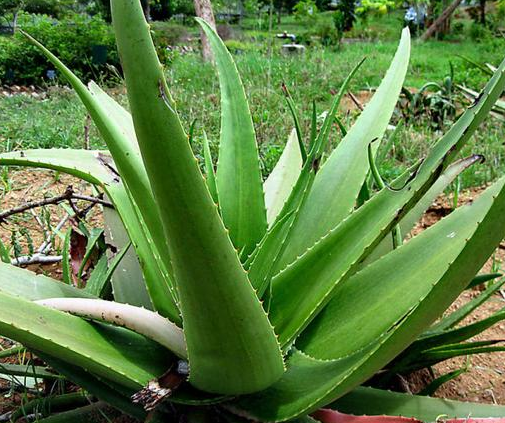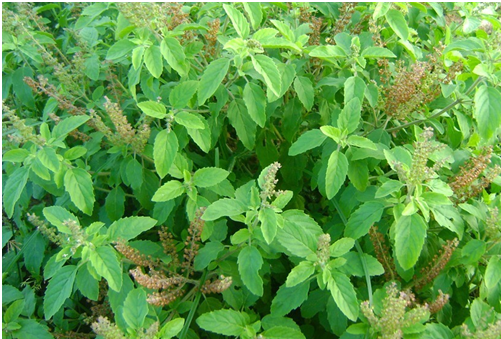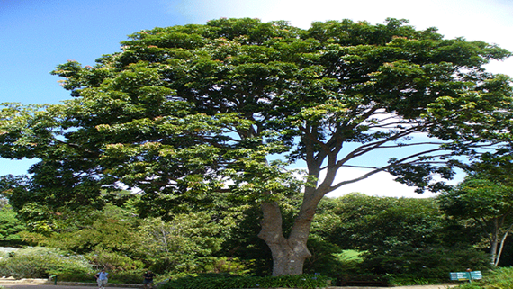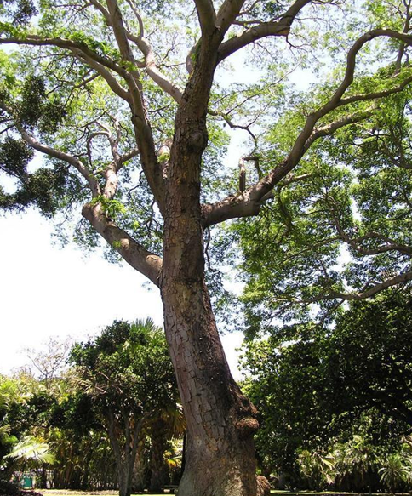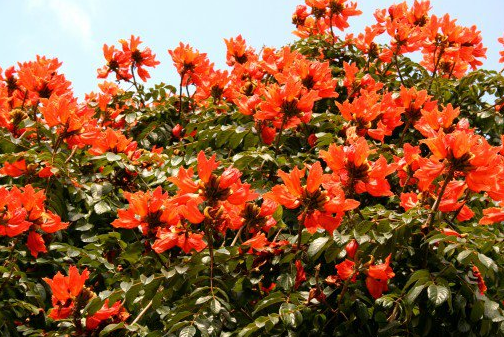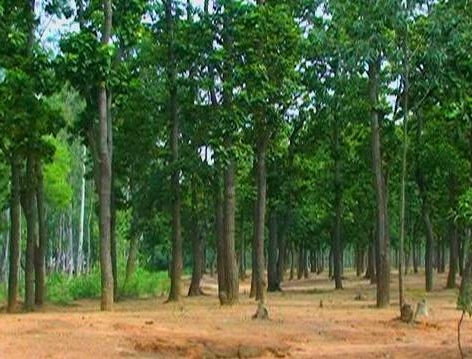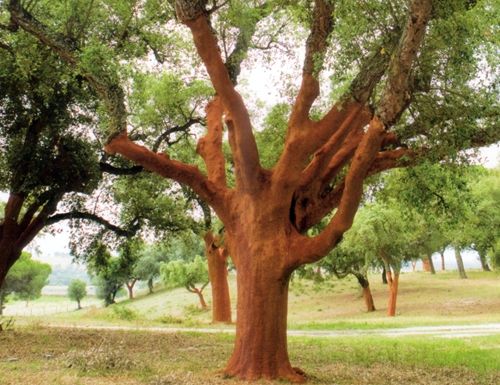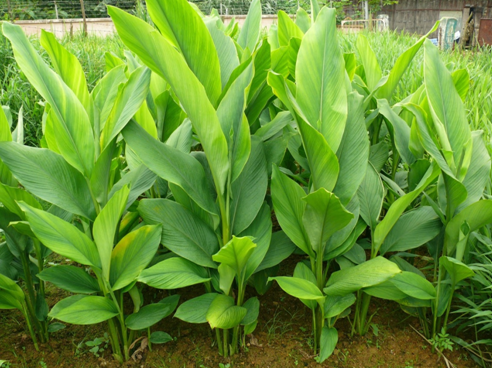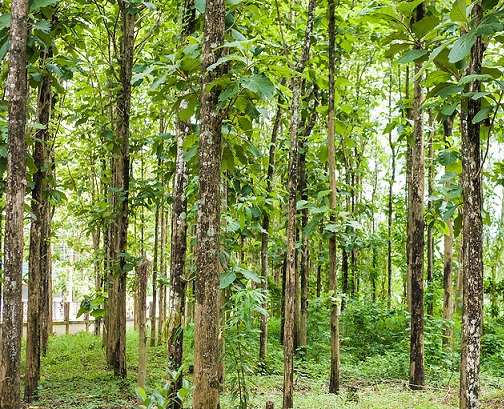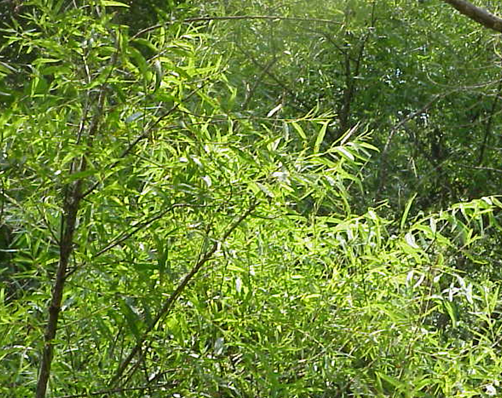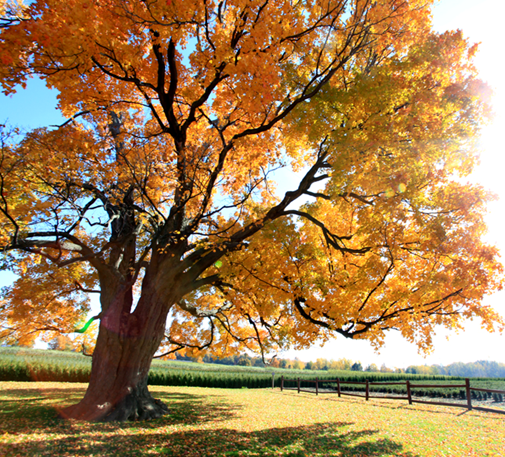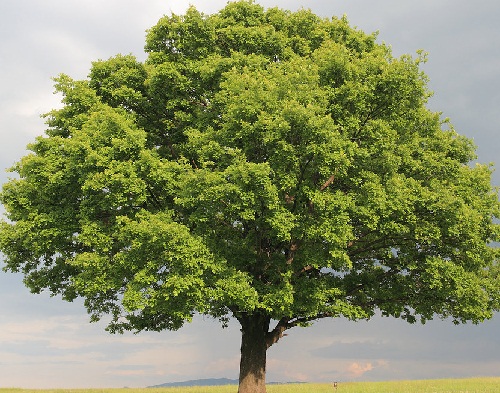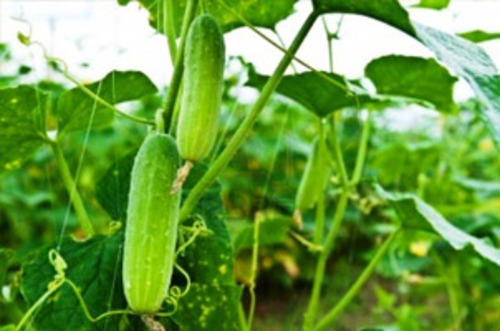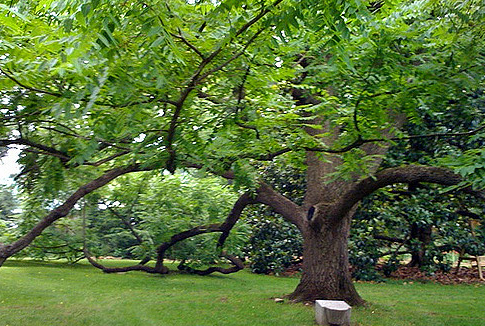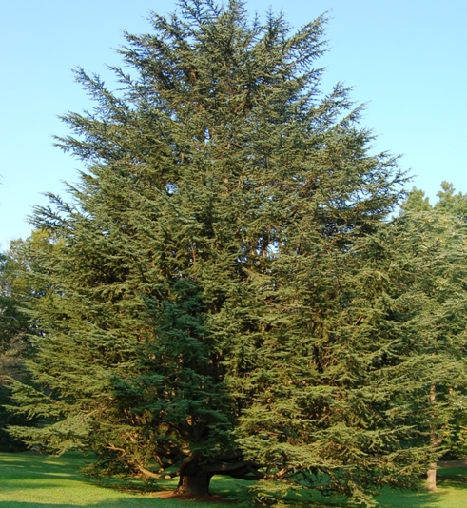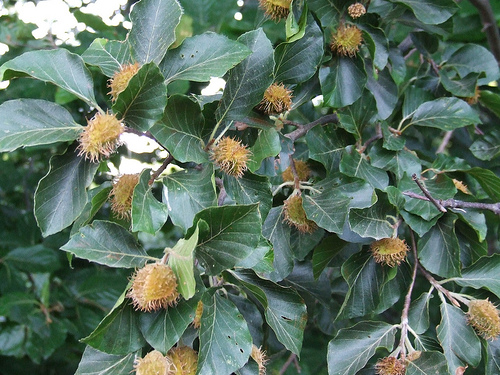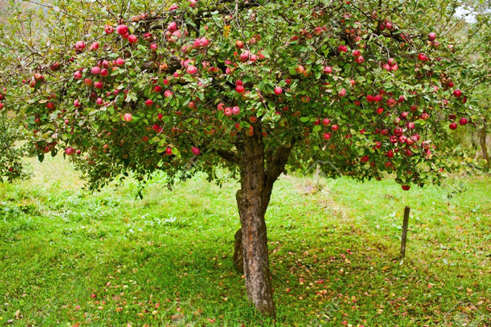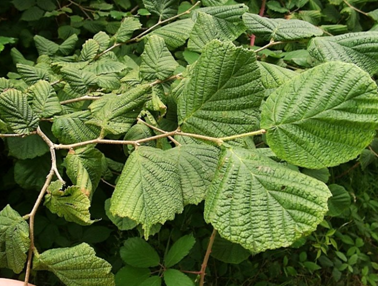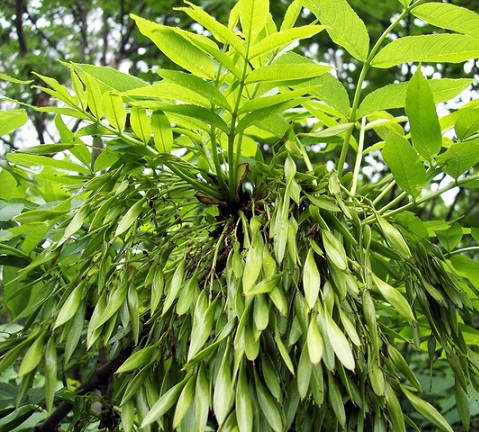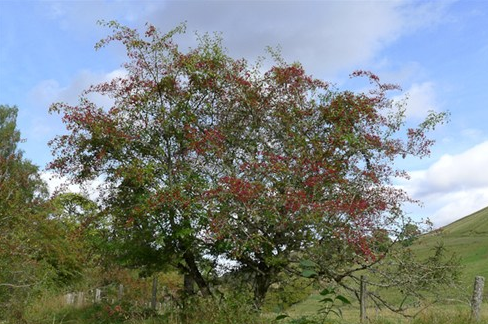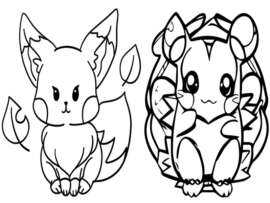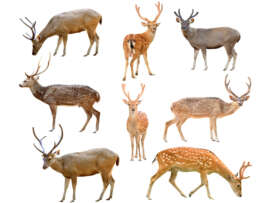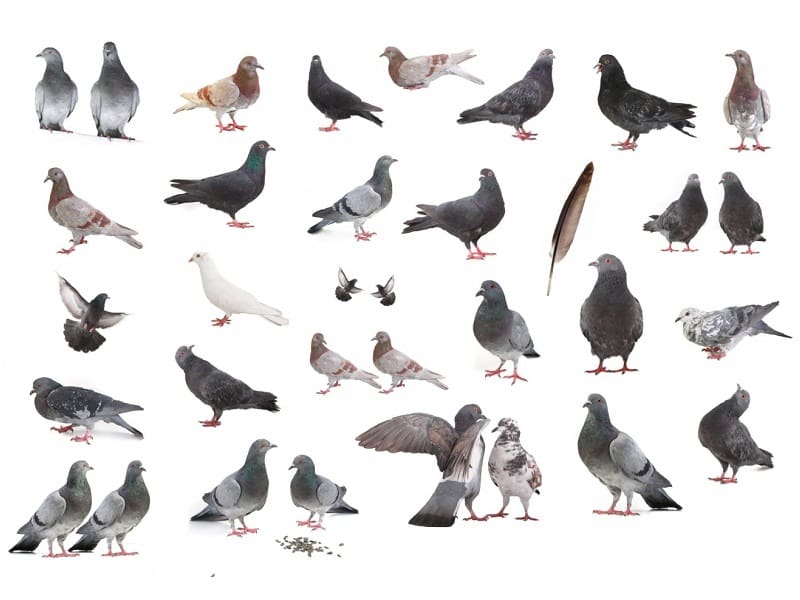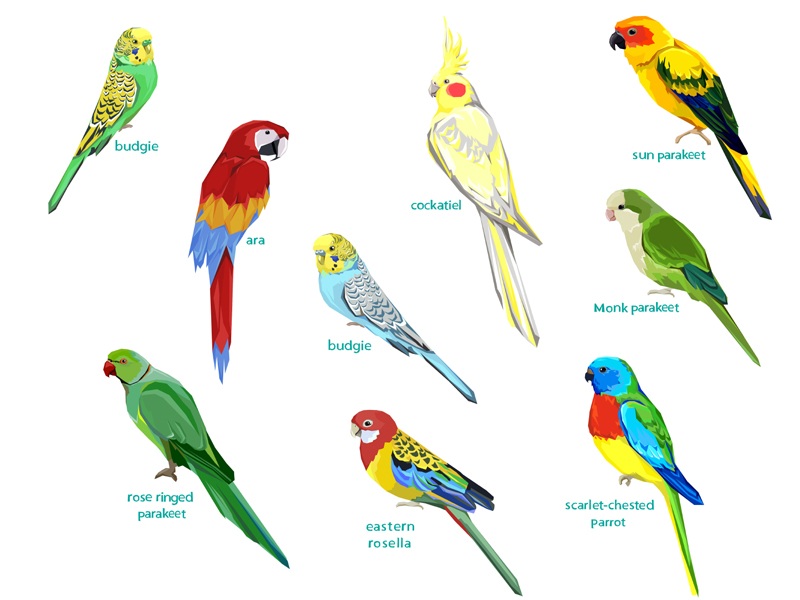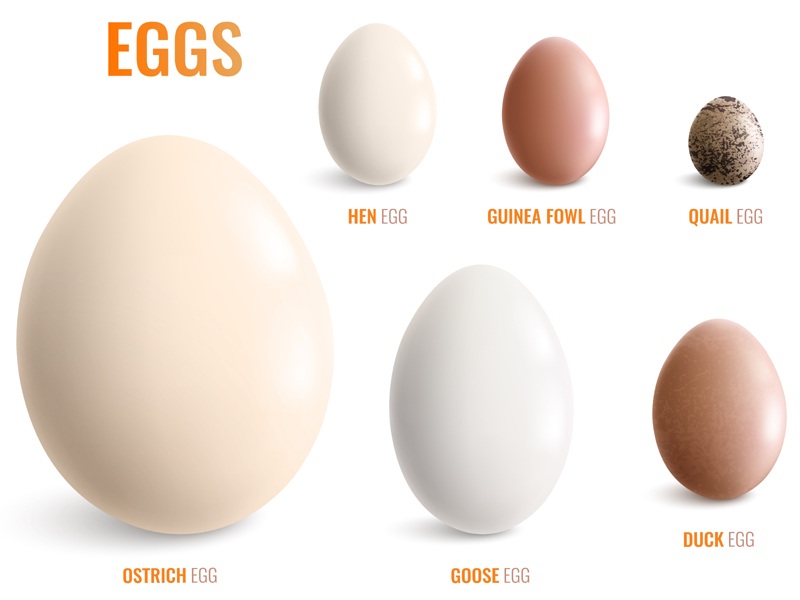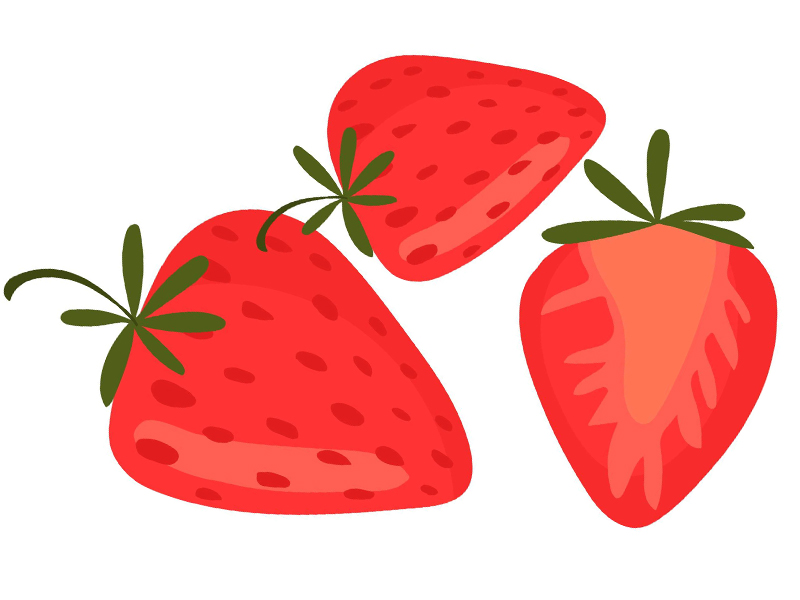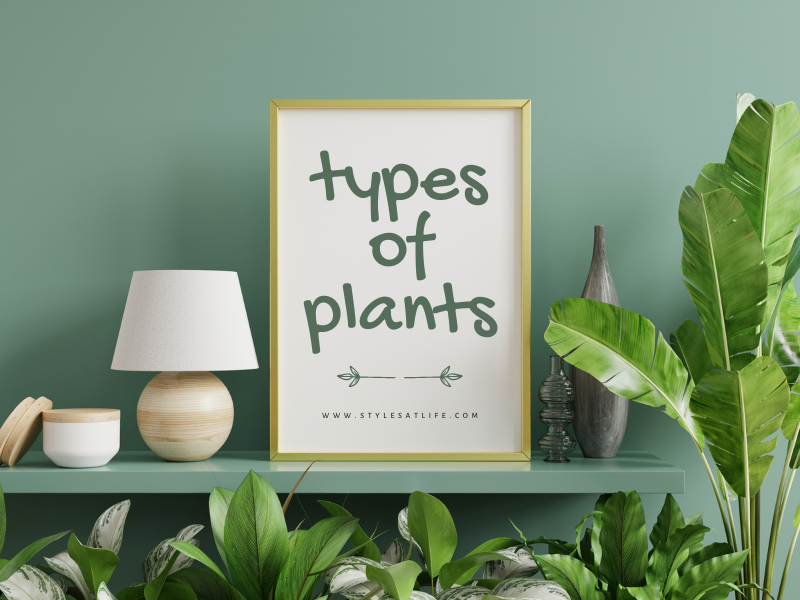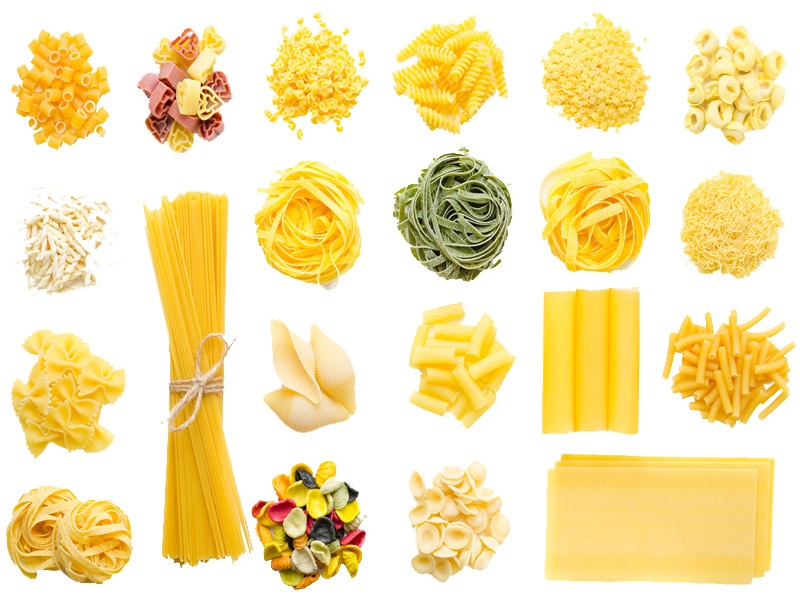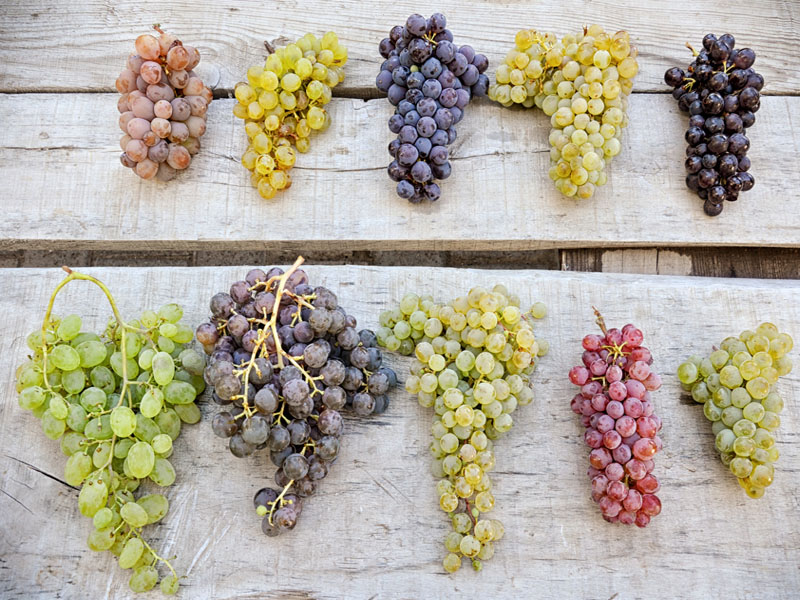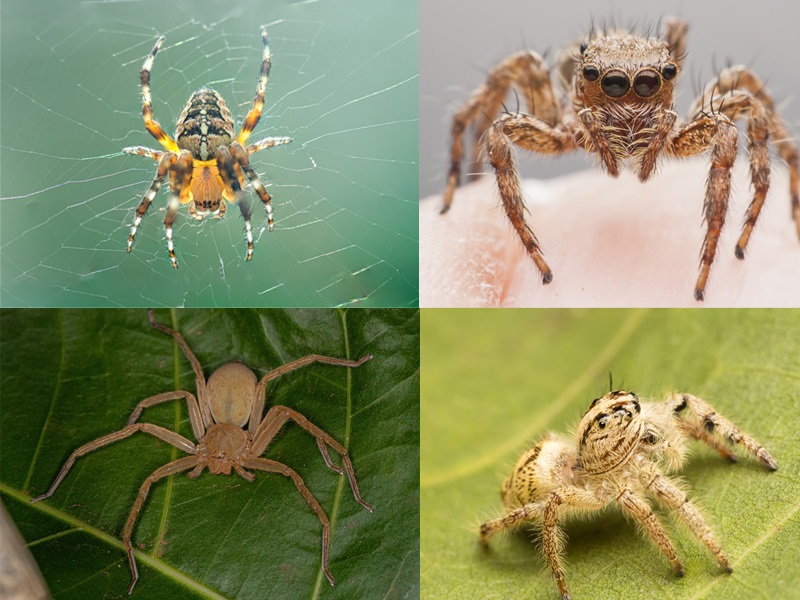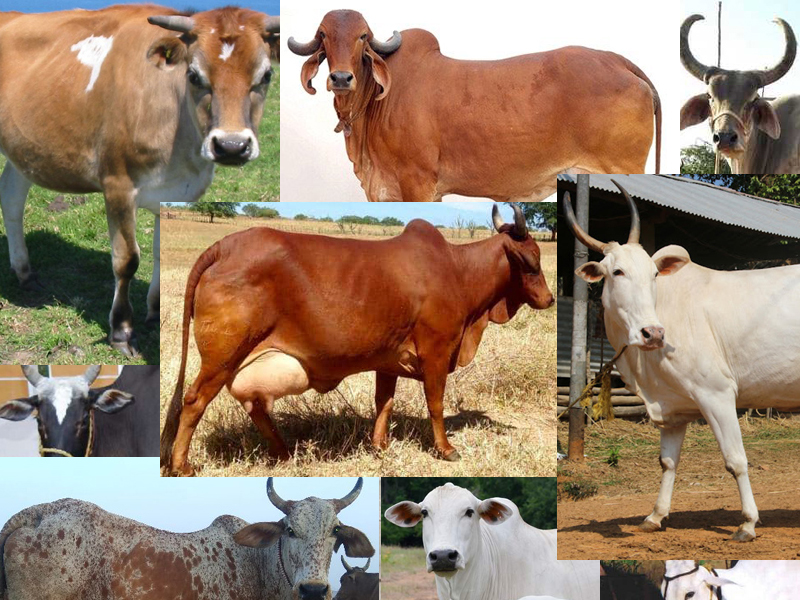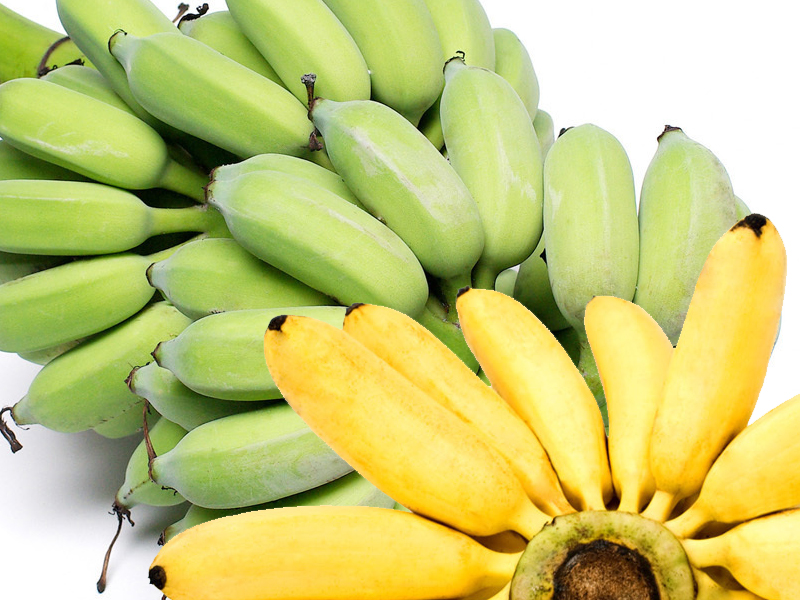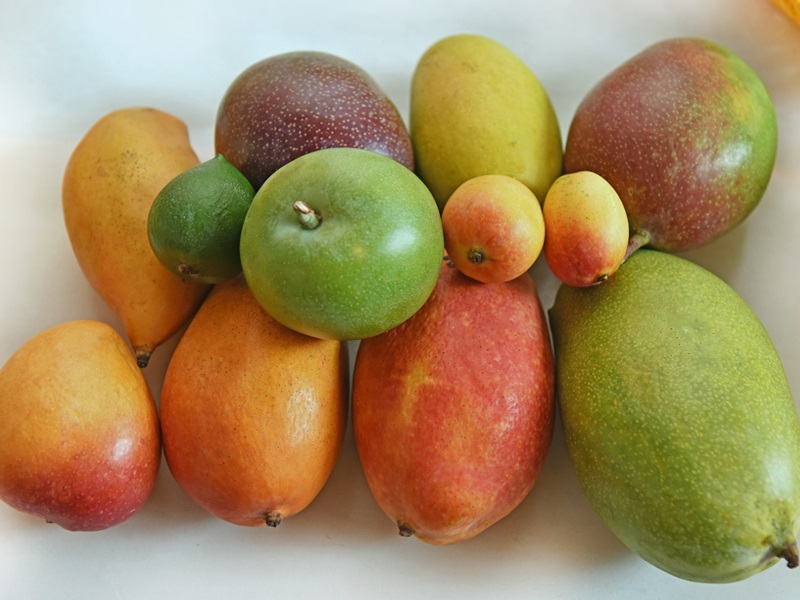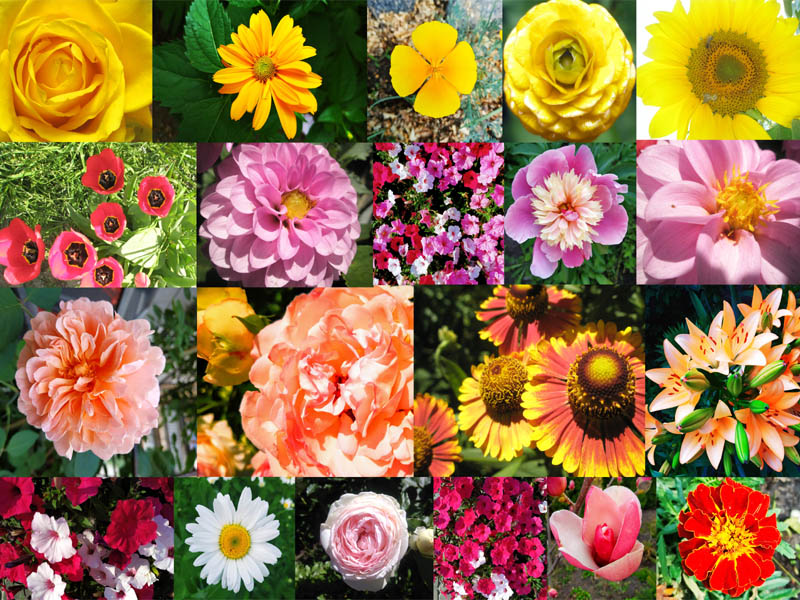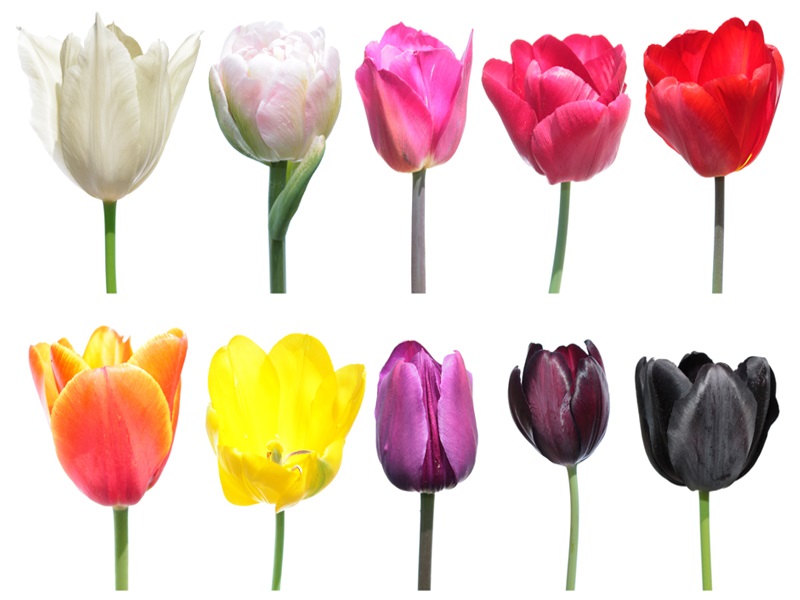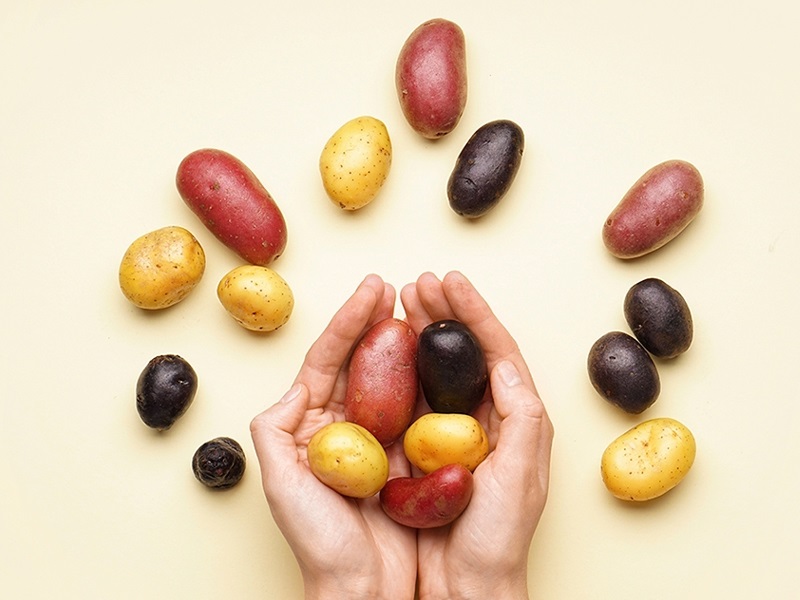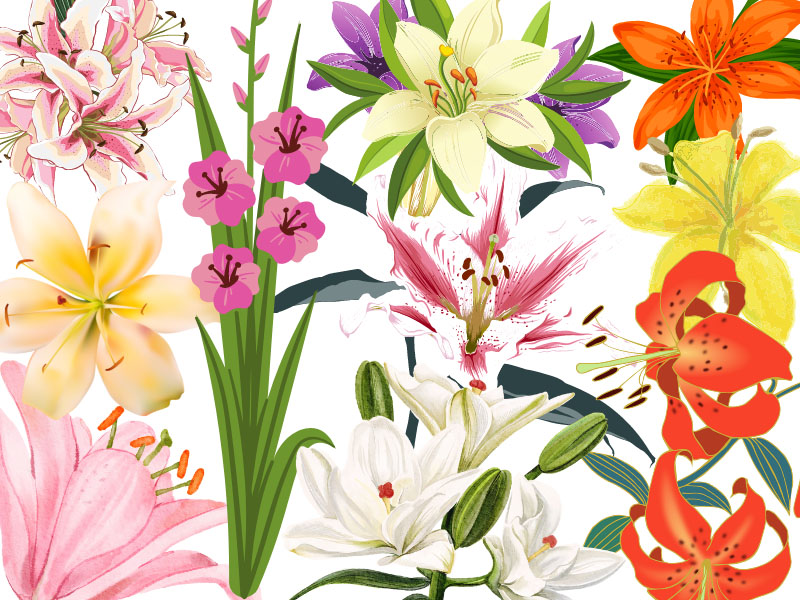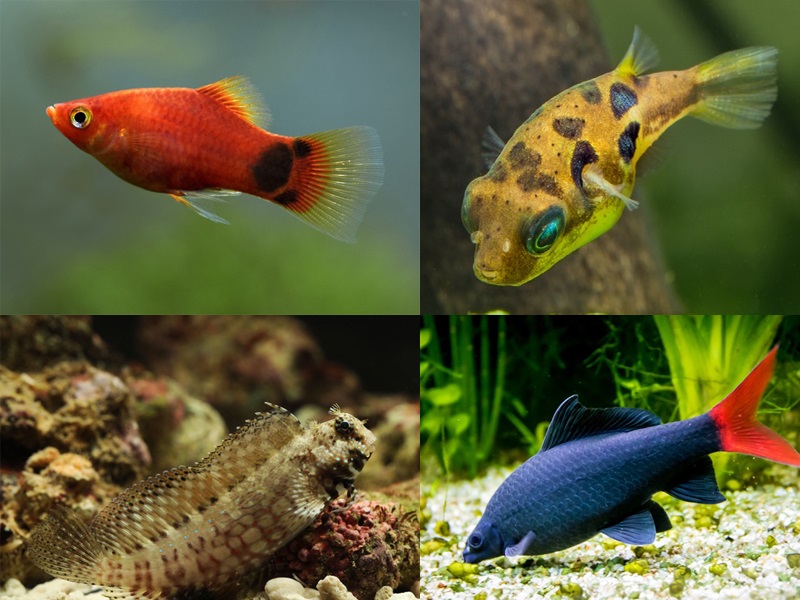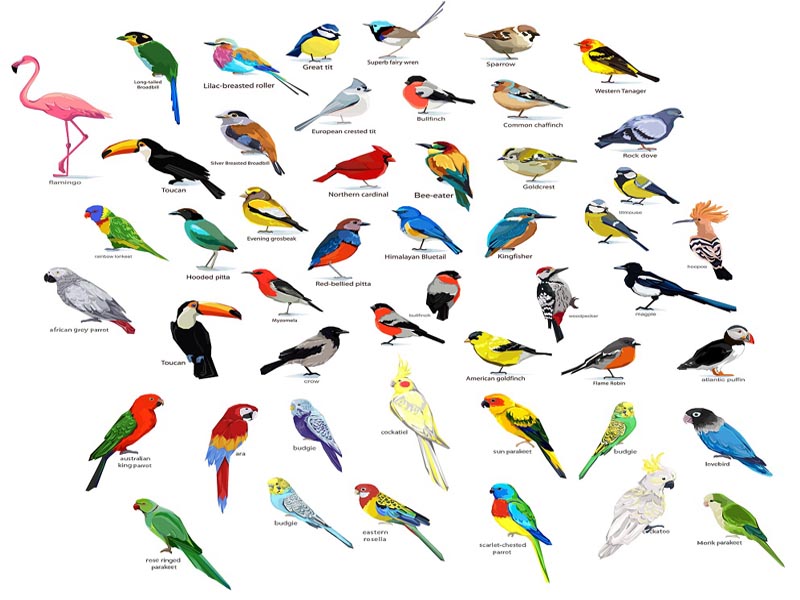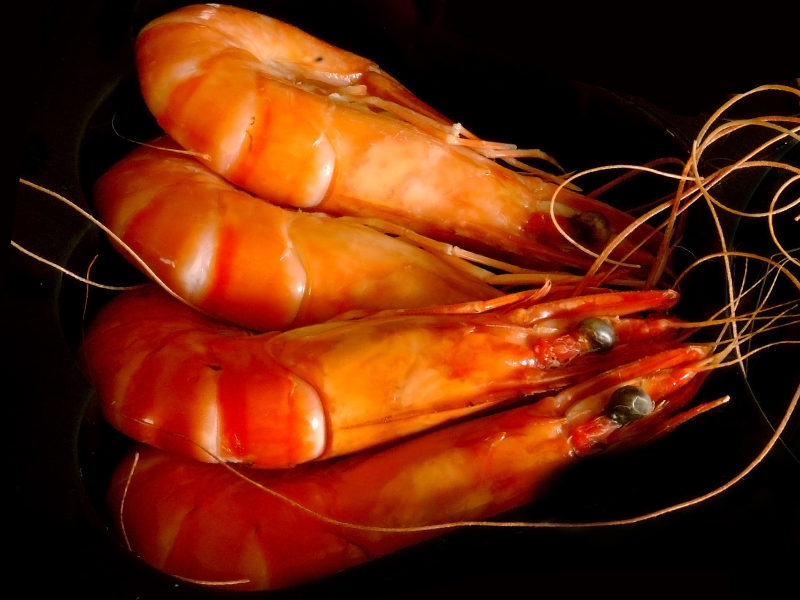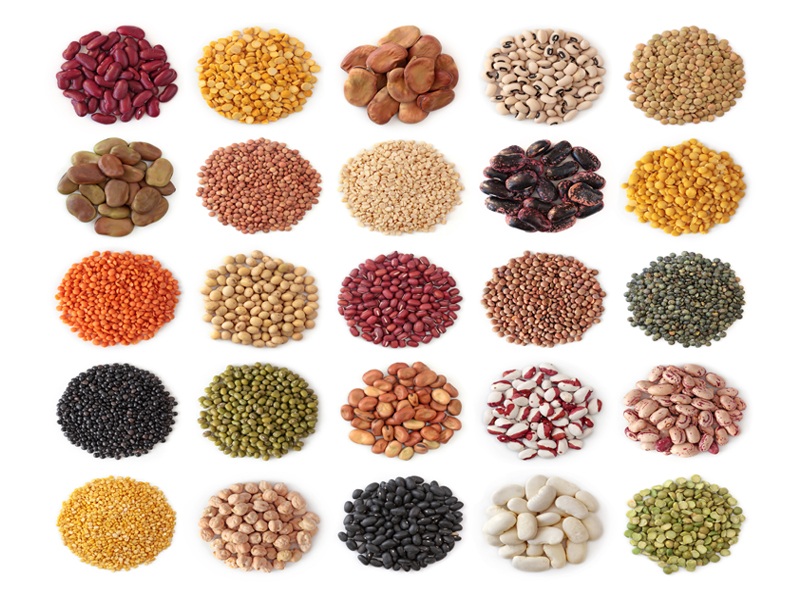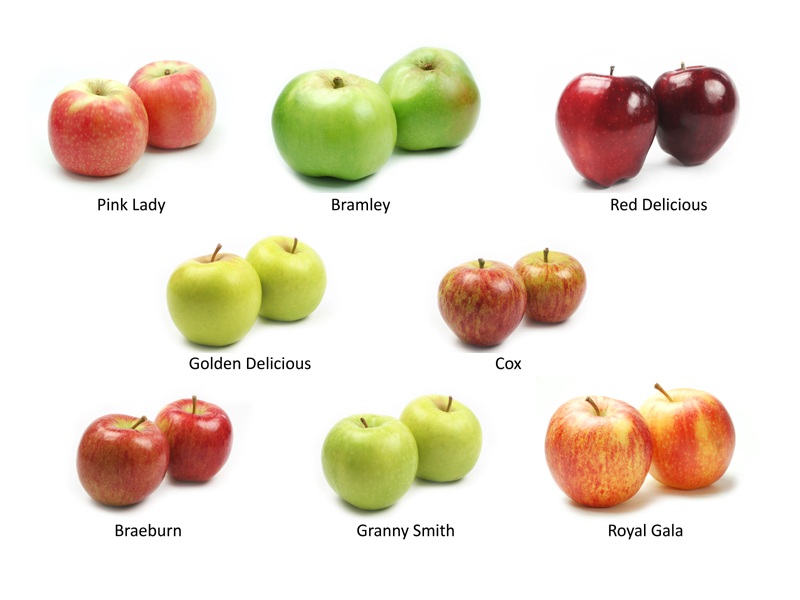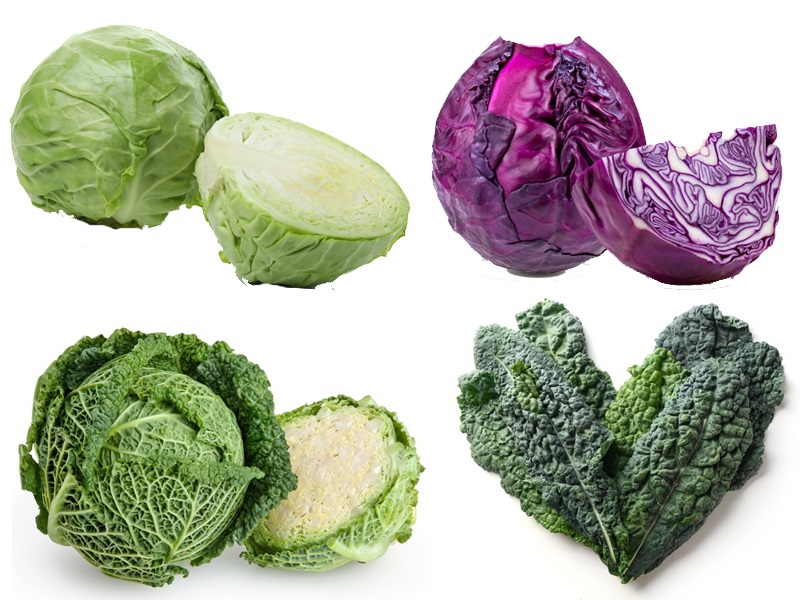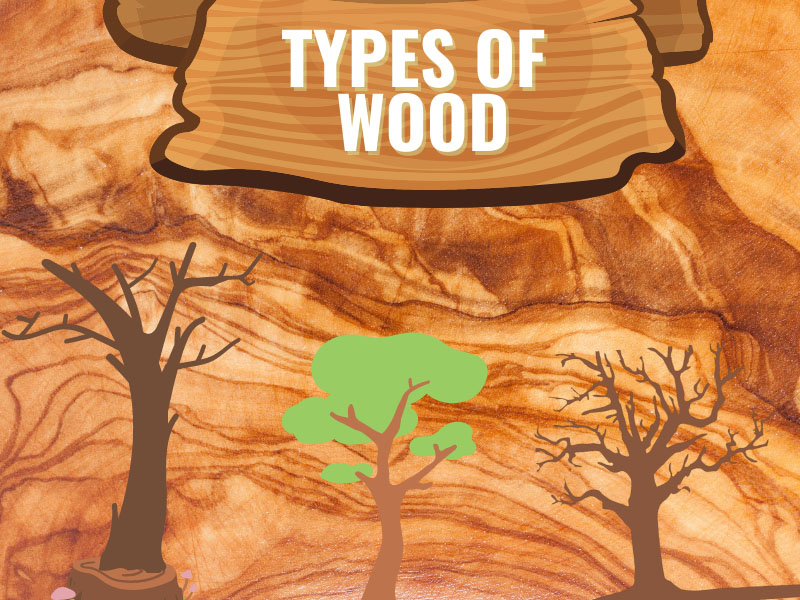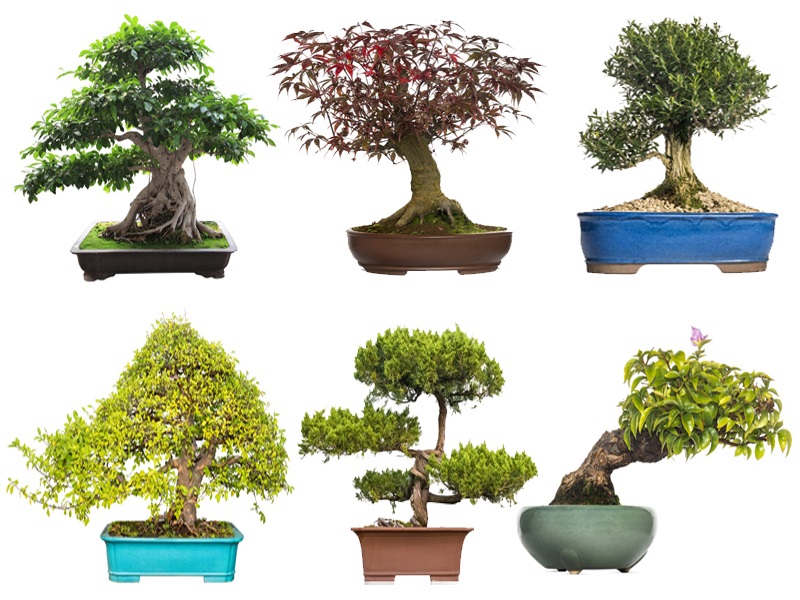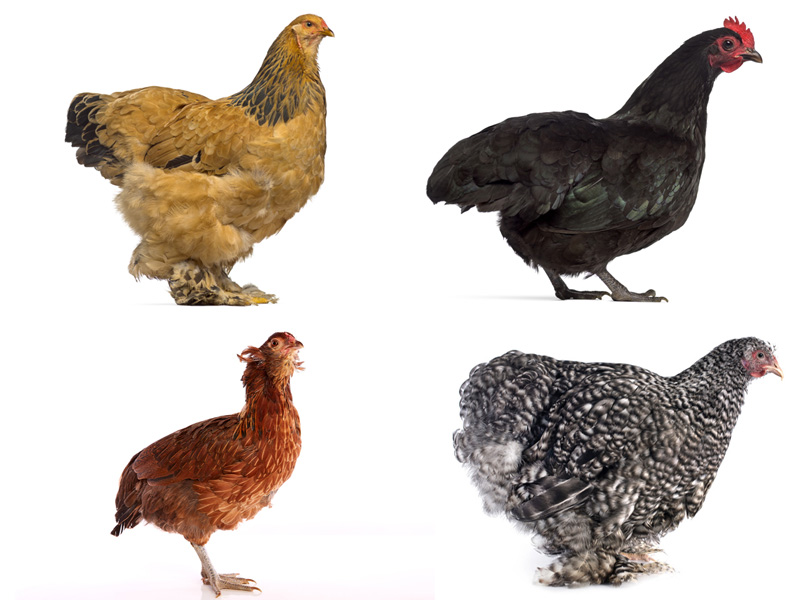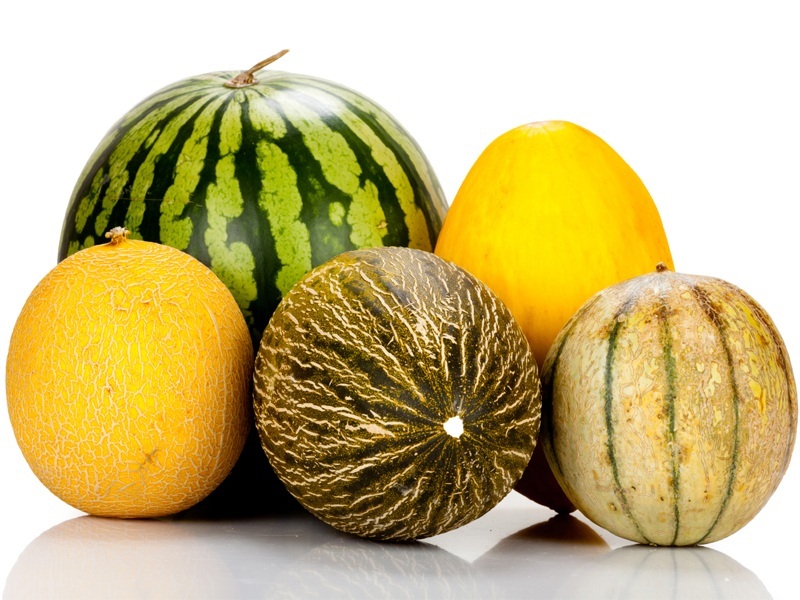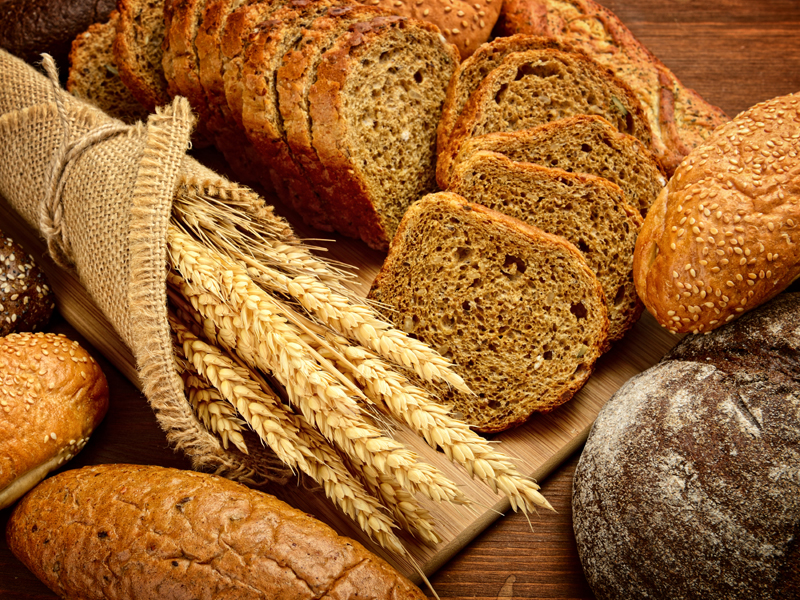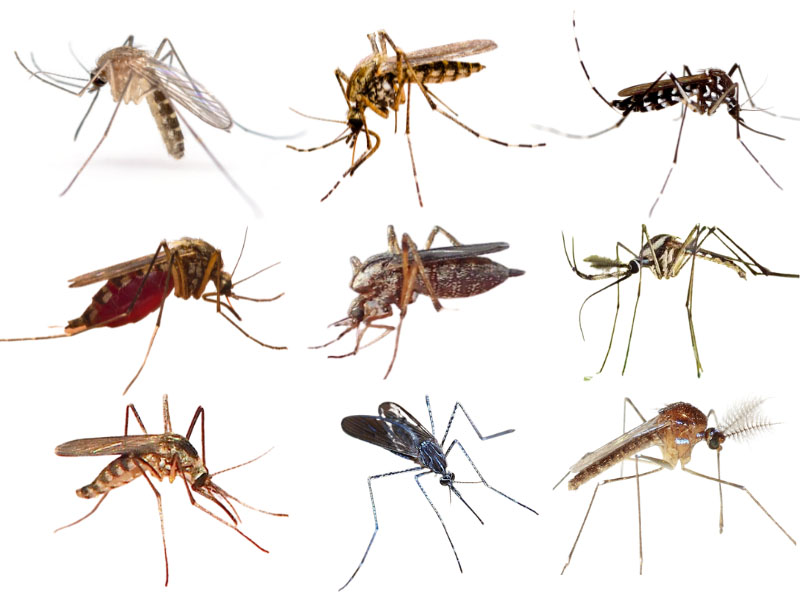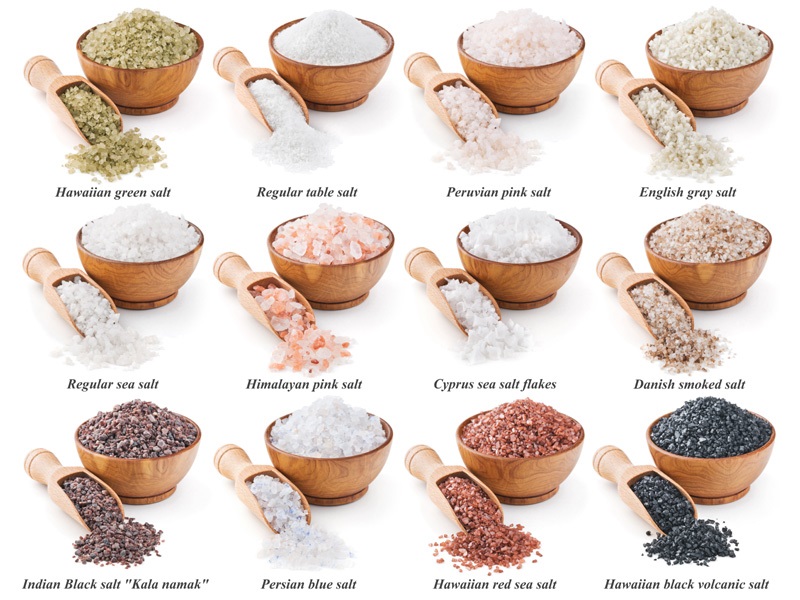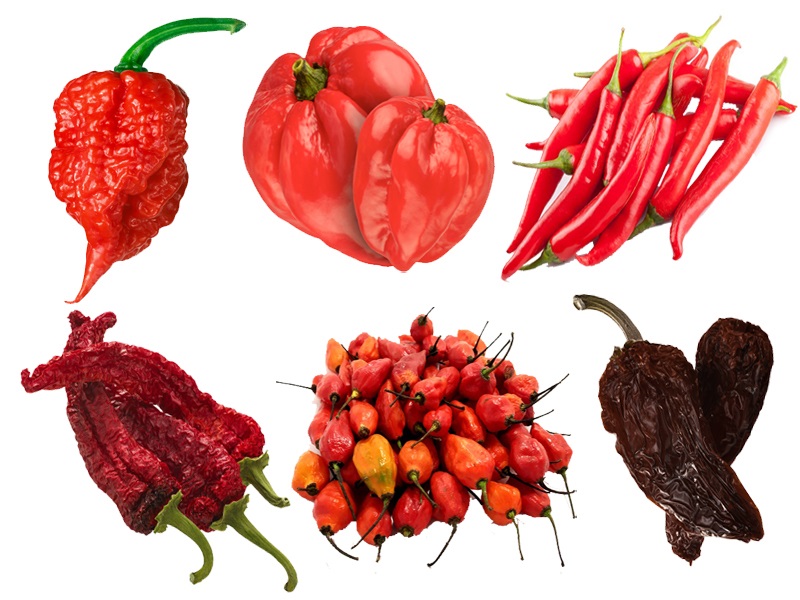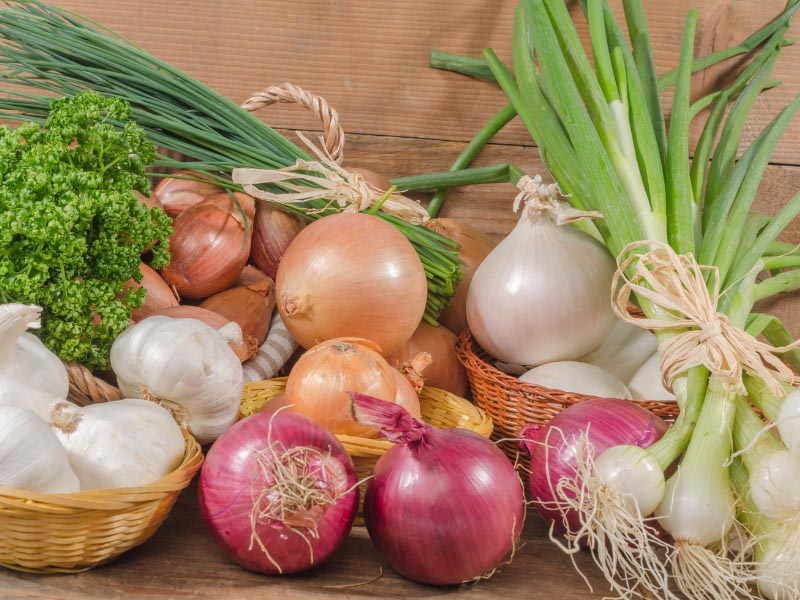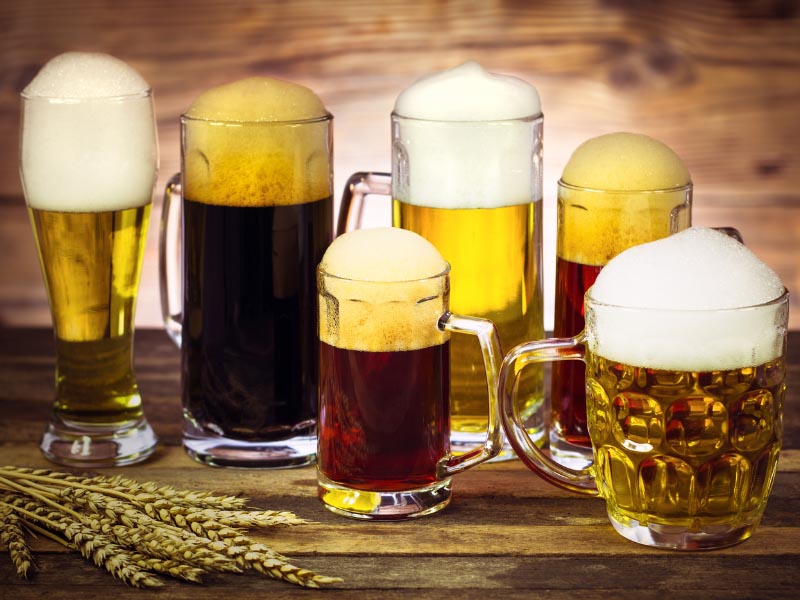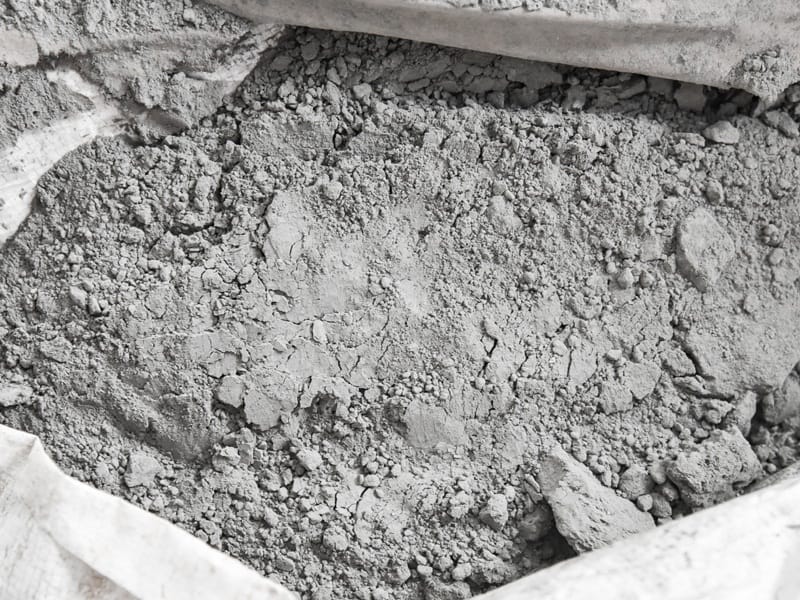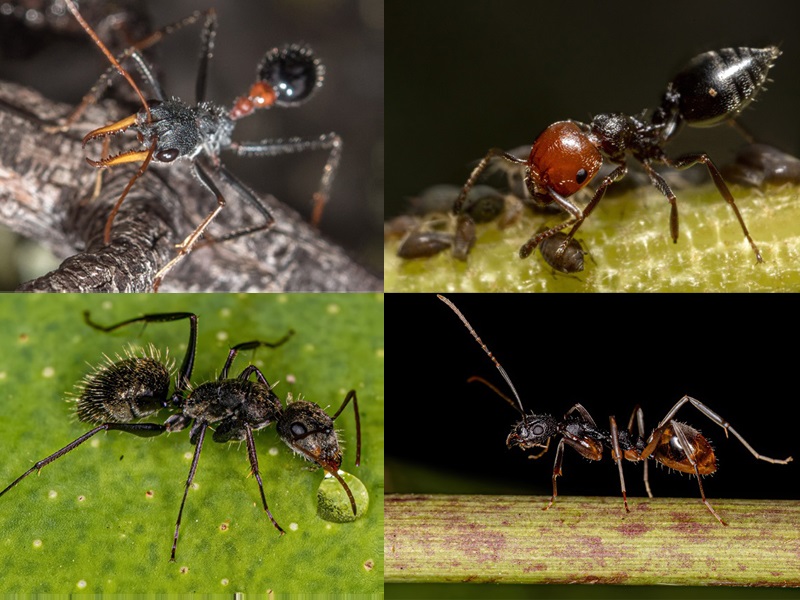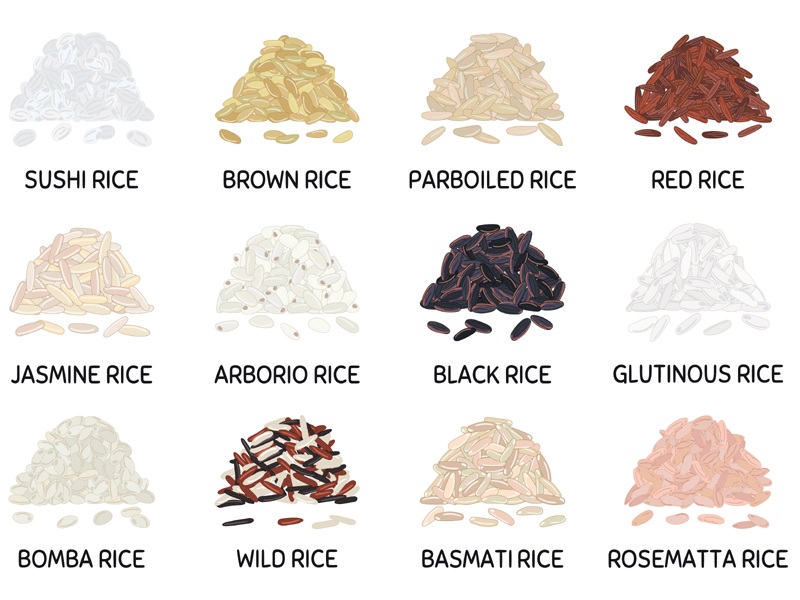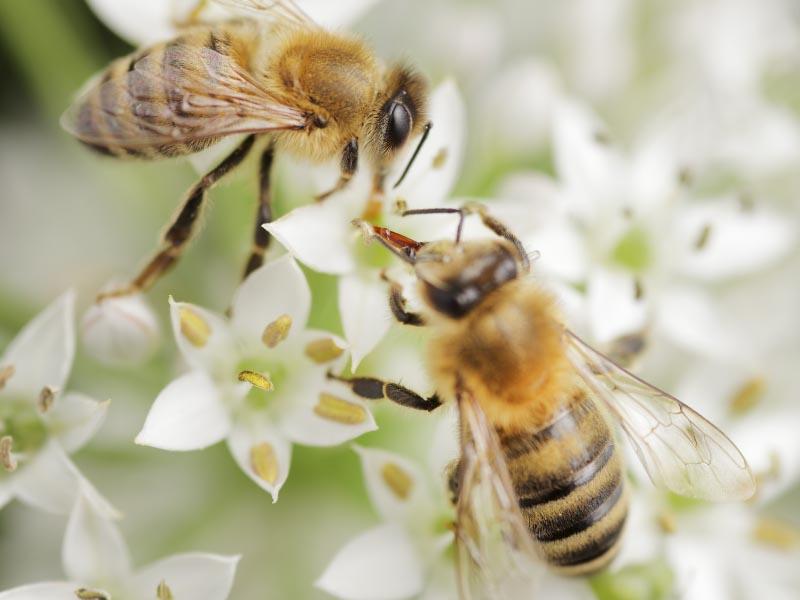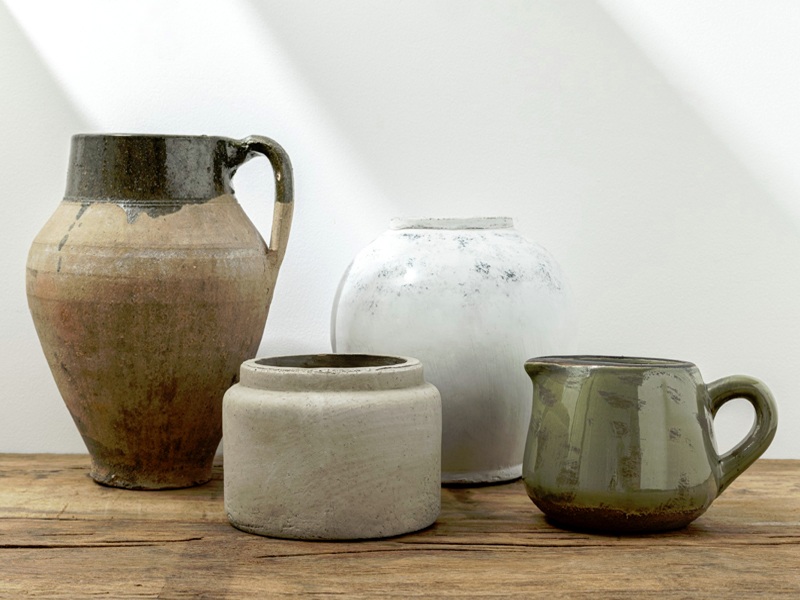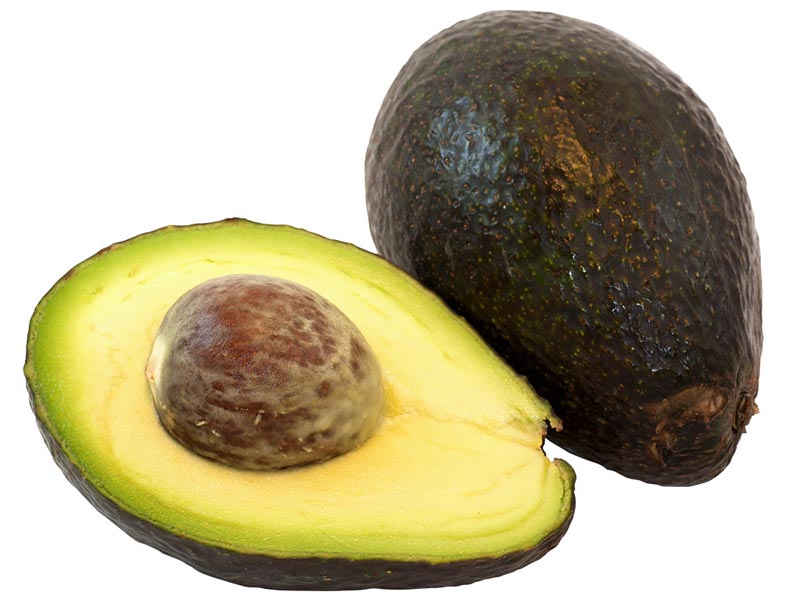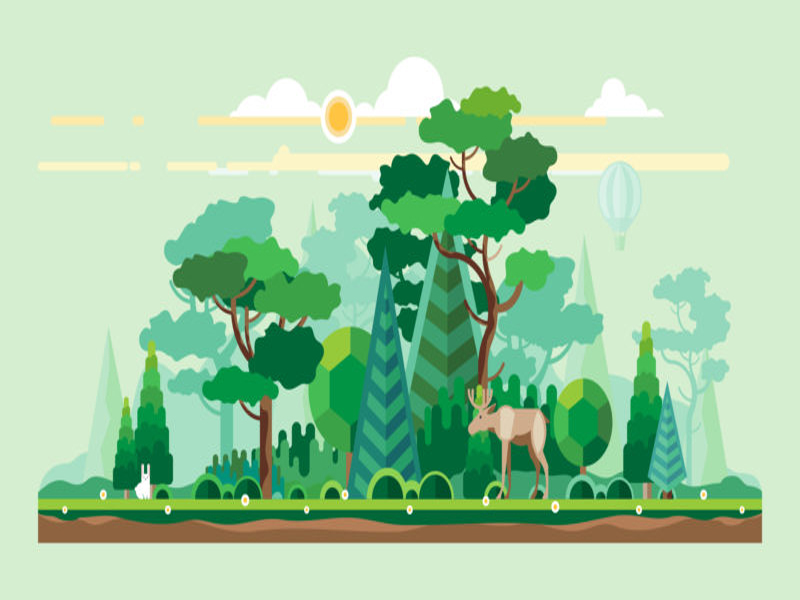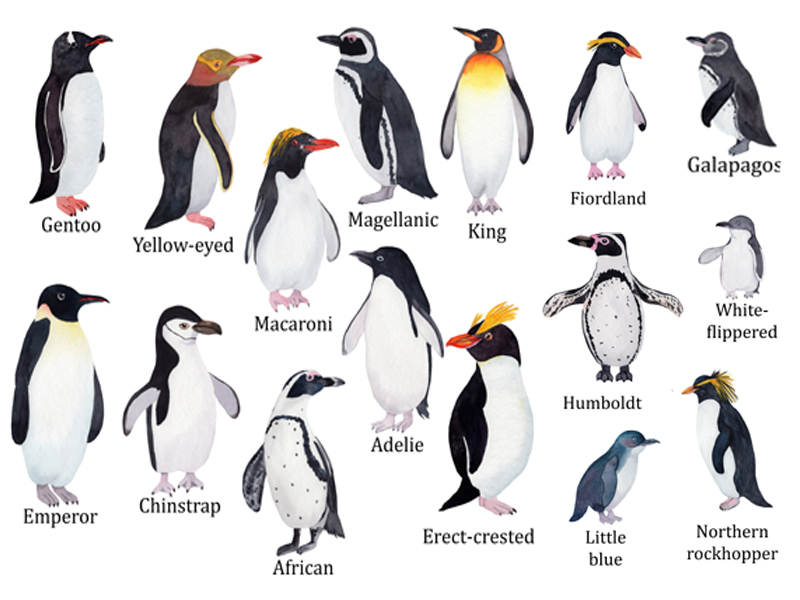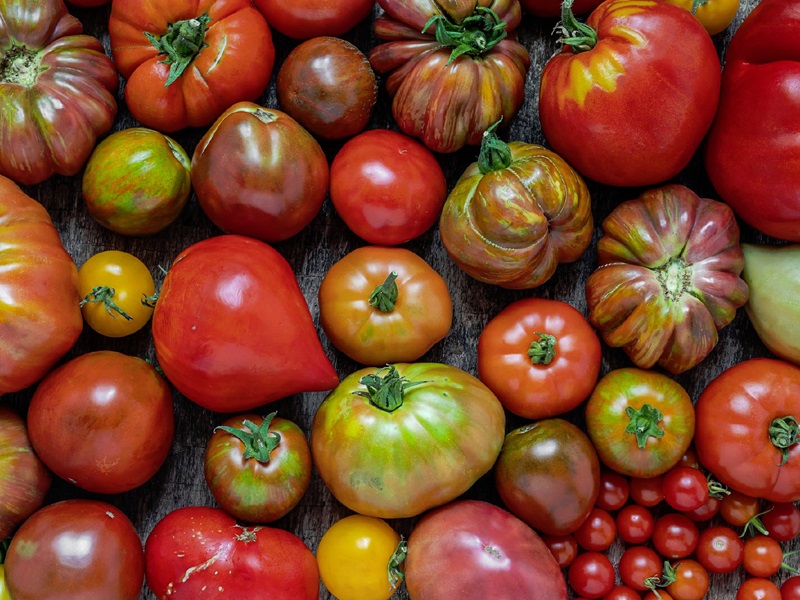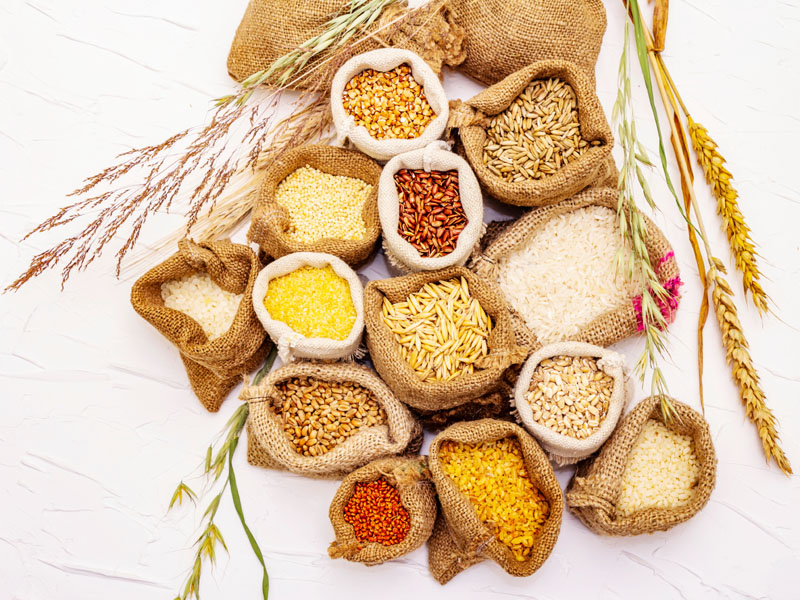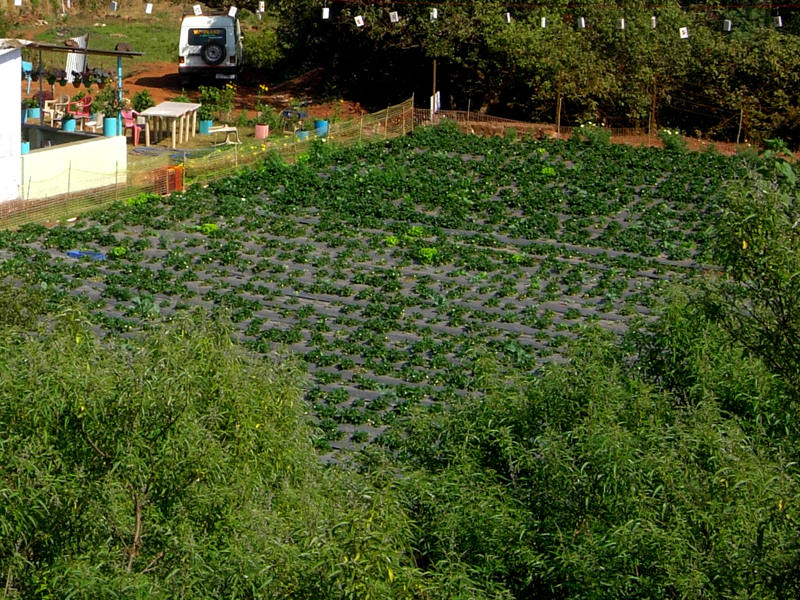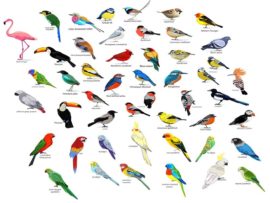Trees are the most essential living component in our nature. Trees help to maintain a balance in the ecosystem. They make the environment look lush and green while supplying sufficient coolness to the surroundings. Unfortunately, the rate at which they are being cut down is rather alarming and sad. However, some of the giant trees are difficult to forget or not notice. Take a look at some of the different types of trees in India.
What is a Tree:
According to botanical sciences, a perennial plant with stretched out stem, or trunk, which supports the branches and leaves is called a Tree. The definition includes woody plants that have secondary growth in the form of lumber, where plants are grown above a specific height.
Everybody loves nature! The main characteristic of any tree is how different they are from each other, and trees or plants with similar traits are classified into families. Some plants merge with other plants to overcome some problems. Classification of trees can be done based on any number of variables.
- Classify them based on their biological class: Angiosperm and Gymnosperm.
- You can classify them based on the leaves: Deciduous and Evergreen.
- Classification based on the bark.
Clasification Of Trees:
There are many ways you can have varieties of trees.
1. Based on the leaves:
There are two subcategories when you identify trees based on leaves, and they are Deciduous and Evergreens.
Deciduous trees:
It refers to the trees that shed leaves seasonally, and most of the broadleaf trees are deciduous. It has a high rate of photosynthesis because of the shape and the arrangement of the leaf patterns. Shedding leaves prepare them for winter and have good water preservation. Since there is seasonal shedding, these trees are affected by winter weather conditions.
Examples: Some of the models for deciduous trees are Oak, Maple, and Elm.
Evergreen Trees:
These trees are precisely opposite to deciduous trees. The leaves remain on the tree throughout the year, as there is no seasonal shedding. As these trees age, old leaves are replaced with new growth. Many tropical rainforests are considered evergreens as they favor mostly warm, temperate climates.
Examples: Hemlock, Cycads, and Eucalyptus are some examples of evergreen trees.
2. Based on the seed:
There are two ways you can categorize trees based on grains. They are Angiosperms and Gymnosperms.
Angiosperms:
The type of trees that are flowering are often referred to as angiosperms. The seeds of these plants are encased in an ovary, which usually is a fruit. These are typically seasonal plants whose reproductive system resides in flowers and can be unisexual or bisexual. Angiosperms depend on animals to reproduce.
Examples: Apple, mango, guava are some examples of angiosperms.
Gymnosperms:
The trees with no flowers or fruits with exposed seeds that do not have any protection and are found on leaves, scales, or cones. The production of endosperm is done before fertilization and are unisexual. Gymnosperms mostly depend on wind pollination for reproduction and are softwood plants.
Examples: Some of the examples of gymnosperm are Pine, Spruce, and Fur.
Types of Trees in India with Pictures and Names:
Here are the top 25 types of trees list that you may have most definitely noticed.
1. Banyan Tree:
Banyan trees are mostly seen in different regions of the country and are the national tree of India that grows in a special type of soil. The oldest Banyan tree is present in Kolkata. This huge type of tree has extensive branches in order to provide support to it, having height more than 21 m. Leaves are of 10-20 cm long. Leaves are used as plates in India. Wood is used for making furniture, door, etc. Leaf, seeds and bark are useful for various diseases and disorders.
2. Neem Tree:
The most common and popular tree of probably every household is the neem tree that has bright leaves and goes up to the height of 100 feet. A straight and rough trunk is seen in neem trees. Each part of the Neem trees is essential for different purposes. They are used to treat chicken pox and used in various medicines. Wood is also used in south India for furniture making. Neem can be used as fertilisers for different plants.
3. Peepal Tree:
It is a fast-growing tree having heart-shaped leaves with a large crown. It sheds its leaves in the month of March and April. Peepal tree is used for various purposes, as ear drop, heals wounds, root bark cleans ulcers, prevent gum diseases, urinary troubles, the fruit is useful for asthma and many more. The leaves are also used as decorative items.
4. Aloe Vera Tree:
Aloe Vera plant usually grows to a height of about 12 to 16 inches. It has thick and fleshy leaves with sharp edges but does not have a stem. Long leaves are mainly in triangular fashion inside which contains the aloe vera gel. It grows in sandy soil in a sunny location though need to be watered on a regular basis. Aloe Vera is useful to hair to remove dandruff and the itchy effect. Though they are essential in cosmetic products, they are equally important to the food industry.
Read: Types Of Plants With Pictures
5. Tulsi Plant:
Tulsi plant is considered as a holy and religious plant in India. Height reaches about 75 cm to 90 cm. The leaves are round oval shaped which contain essential oils. It has high medicinal value. It provides relief in fever, cold and cough, effective against insomnia, indigestion, etc.
See More: Types of Flowers and Their Names
6. Amla Plant:
Amlaki’ is the household name very commonly used for amla. This type of tree is a medium deciduous plant of height about 8-18 meters. Spreading branches and crooked trunk are the prominent features of this plant. Feathery and linear-oblong shaped leaves mostly smell like lemon. In extreme heat, it wraps and splits. Amla is highly rich in Vitamin C, thus used in common cold. This improves the immunity of our body and is useful for healthy hair. Other than that, amla is used in shampoo and many food items like jellies, pickle, etc.
7. Eucalyptus:
The leaves of this evergreen kind of tree are of 6-12 inches long and 1-2 inches broad when they are adult. Height is nearly about 300 feet or more. Prominent bark appears as it ages. Fruit comes in a capsule. One of the main use of this kind of tree is plywood for the manufacture of the paper and its poles are also used for the construction of houses. It also lowers the sugar level in blood and purifies it. It acts as an antiseptic and also provides a remedy for asthma patients.
[See More: Different Types Of Forests With Pictures]
8. Mahagony:
Mahogany is used as astringent for wound obtained from the bark. This is used as a remedy in diseases like anemia, fever, dysentery, others. Furniture, boat, casket, musical instruments are generally made from the wood of mahogany. Indian mahogany trees are found mostly all over India. They have symmetrically round crown growing up to 30-40 feet height.
9. Indian Rosewood:
The rosewood is a kind of tree alternate rows up to an altitude of about 25 m and has a diameter of about 3 m. This rosewood is a deciduous tree which grows straight. Flowers are of white and pink colours. The fruit is brown coloured and is of very dry and hard. Crown part is oval in shape. This tree works as fuelwood. It is used in furniture making, plywood, musical instruments, etc. It is a remedy for acne treatment and helps to balance oily and dry skins. The rosewood oil stimulates the growth of a new cell.
10. Tulip Tree:
Indian Tulip is found in lower dry to wet forest. The height of Indian tulip tree is usually more than 40 feet. The flowers are cup shaped and the leaves are of heart shaped. This evergreen tree is very fast growing. Main branches of the tulip tree grow in straight along with thick bark. As the tree gets older it thins out, though it was bushy while it was young. Flowers, fruits and the young leaves are edible. Timber is used for making paper, paddles and also used to make gums and oils. Leaves are also used for swollen joints.
11. Sal Tree:
Sal trees is a rare tree variety that is mainly found in the eastern regions of India like Bengal, Assam and others. It is a sub deciduous tree up to 30 m height. This Sal tree has a tough texture and leathery leaves. They never go completely leafless. Medicines as of astringent are received from the resin and also given during diseases like dysentery and diarrhoea. Also, used as an ointment for skin disease and foot cream. Powered seeds are basically used for dental issues. Tribal peoples use leaves for making bowls, baskets, platters, etc. The Sal butter extracted from the seeds is edible.
12. Cork Tree:
In India, the cork tree grows mainly in Central India. This tall deciduous tree can grow near about 25 meters. The flowers are white tubular and consist of fragrance. The characteristic feature of this is that the flower grows at night and by itself shed it in the early morning. The corky bark and strong trunk are used mainly for its medicinal value. It’s a remedy for lung and cough diseases.
13. Turmeric Tree:
The other commonly used name, colloquially used, is Haldi. It is also called Indian saffron and is widely cultivated in India. The stem of the turmeric plant is very short which is of 60-90 cm. Flowers are of yellow-white and pink. It is highly antiseptic, thus, it is used for internal injuries, wound, pimples, etc. It acts as a remedy for cold and cough and also given in jaundice.
14. Teak Tree:
The teak trees are very tall having a height near about 30 meters and are evergreen. The larger leaves are of same the size of tobacco trees. The flowers are of white to bluish coloured and the fruit is of papery and light brown in colour. They normally have uneven texture by growing straight and have slight lustre. Teak is widely used in making furniture, boats, doors and windows of a house. Its bark is considered very useful for a headache, stomach problem, fevers and digestion.
15. Black Willow Tree:
Black willow is one of the species of the willow tree. Another name used for black willow is ‘swamp willow’. The bitterly tasted roots previously used as an alternate for quinine. Salicylic acid which is similar to the compound aspirin is present. They are used for the treatment of cold and cough, fever and headache.
16. The Maple Tree:
Maple is a common type of shrub. There are as many as 125 species of maple trees which are present in nature. The main types of maple trees are sugar maple, red maple, silver maple, Japanese maple, Norway maple and paperbark maple. The trees are deciduous trees which mean they lose their leaves in each fall but some are there that do not shed the leaves. Canadian flag depicts a maple leaf on it. It is used as an art of bonsai and is extensively used as an ornamental tree due to its different vibrant colours.
[See More: Types Of Breast Cancer]
17. The Oak Tree:
Oaktree falls under the group of flowering plants. There are different types of oak trees present in nature. It has simply spirally arranged leaves. Some leaves have lobate margins and others have serrated leaves or have smooth margins. The bark of the white oak tree is usually dried and used for medical purposes. Manuscript inks were previously made from oak galls for many centuries. The bark of cork oak is used as a bottle stopper. The wood of this tree is used as valuable timber.
18. Cucumber Tree:
Cucumber is popularly used as a food item world widely and known by several names. It is a deciduous tree whose leaves are oblong in shape and are downside on the underside. The leaves have fine and smooth margins. It is under the magnolia group but unlike the magnolia, in cucumber tree flowers are not showy. This tree basically refers to unripe fruit. They provide perfect shade but not preferable to plant this street tree. Often grow in deep moist soil with slightly acidic in nature.
19. Black Walnut:
The black walnuts are mostly used commercially. This type of tree is also a species of a deciduous tree. Trees are often cultivated for walnuts and fruits. On the other hand, these trees do have high medical importance. Improved quality of wood and nuts are in high demand to various parts of the world. Black walnut is sometimes undesirable since it used to harm grasses and plants. Leaves have many leaflets with the largest leaflets in the center and that have pointed long tip and round base. The fruit has a semi-fleshy husk which falls in October and November months. The ripening fruits are seen during the autumn season.
[See More: Types of Birds in India with Names]
20. Cedar:
The above tree image shows a white cedar tree which is an evergreen tree. The cedar tree is mainly known as Cedarwood all over. This tree has a conical shape with a branched trunk and has flat leaves. This tree acts as a medicine in case of colds, flu and fevers. Leaves of cedar tree are used to make tea which is high in Vitamin C.
21. Beech Tree:
This picture shows an older beech tree with beechnuts. The nuts and leaves of beech trees are edible. It can also be used for firewood and act as a very good source. This tree is very large in size as it grows but the wood of this tree is not so strong enough. As a result, large beeches are found to be falling apart. New beech leaves come out from the buds in spring which can be eaten and tastes differently. These can be eaten raw but the cooked item has greater nutritional value.
22. Apple Tree:
Apple is widely grown and cultivated all over the world as a fruit. These types of trees grow as a deciduous tree. They mainly grow from the seeds but can also be grown using grafting process by planting the small grafted portions. Apple is highly rich in vitamins and minerals. The bark of the root of this tree is used for fevers. Apples are baked which can be eaten for a sore throat. Regularly eating an apple controls the body metabolism and helps in restful sleep. Apple cider has medicinal properties and is commonly available in markets acts as an antibiotic.
[See More: Coffee Drink Types]
23. Hazel:
Hazel tree provides edible nuts and hence it’s a common tree of waysides. It is a shrub type which generally has multiple stems. The leaves of hazel are elongated in shape which looks like racket shaped with a rough texture. Fruits of this tree can be identified easily. It normally grows in a straight and unobstructed way. It also consists of a nice structure as the leaves grow and take a proper structure. Some of its uses are in making of camp gadgets, strong straight poles and tent pegs.
24. Common Ash:
This is almost the tallest tree among all trees. The uses of this tree are well known from the ancient periods. It is used to make bows in bow-arrow, simply excellent for firewood and also used for many various tools and its handles. Ash tree has a relatively higher diameter as compared to the other trees. It has seeds which are flattened in its outlook and form dense clusters. Each sub-branches of the tree usually consist of numerous opposite pair of leaflets which is the key feature of this tree.
25. Hawthorn:
Hawthorn is a tree which widely used in rural areas to make the fences. From the name, it can be understood that it has thorny and prickly character. The tree has characteristic red bright berries during the latter half of the summer months. Deeply lobed leaves are the distinct feature of this tree. This tree has several uses like it is used for firewood; thorns are used for fish-hook and fences prevention to livestock and also the leaves, flowers and berries are edible used for survival.
[See More: Kiss Types in Relationship]
Isn’t it fascinating how there are different types of trees and how each one contributes to our use? Well, they not only provide material substances for use, but they are also homes to many exotic and common birds. They add colour to your environment and completes your beautiful ecosystem. They are the means of sustenance for the many tiny birds and other organisms. The different types of trees with pictures and names are only a minuscule of the different types of trees that exist in our ecosystem.
We learn a new thing every day regarding nature! This article gives you a basic idea about the types of trees and how they are classified into different types. Trees provide several advantages to our human world, and it is our responsibility to protect them. Let us know how useful you found the article.
Disclaimer: The information provided in this article is research about trees gathered from the research literature. It has the necessary information, and you can take up further research for more extensive knowledge.


